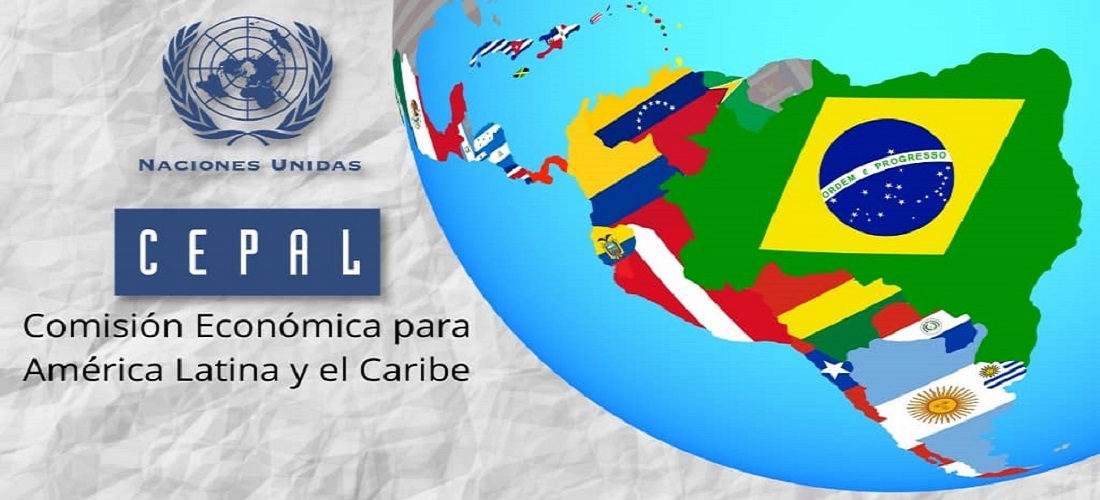
Climate events to slash over 12% of Latin America’s GDP by 2050
Oct, 01, 2024 Posted by Gabriel MalheirosWeek 202439
Floods, hurricanes, extreme heat, droughts, and major wildfires—events that have become more frequent due to climate change—have simultaneously impacted several Latin American countries this year. The region is on track to surpass the record of 67 such events registered in 2023. Between January and July alone, Brazil experienced 12 severe climate events.
Analysts caution that the increasing frequency of catastrophic climate events will have a growing impact on the region’s economies in the coming decades.
“We have been warning for many years that these climate events would lead to significant losses, affecting communities, various sectors, and the economy progressively,” said Carlos De Miguel, head of the Climate Change Economics Unit at the Economic Commission for Latin America and the Caribbean (ECLAC).
“ECLAC studies last year estimated that extreme heat events would result in losses amounting to several percentage points of the GDP of countries in the region,” Mr. De Miguel added. “Initially, these losses were projected at 3.3% of GDP [relative to 2023] by 2030 and 12.5% by 2050. But now we see these occurrences are intensifying and increasing in frequency.”
Given this scenario, some analysts suggest that the losses estimated by ECLAC for 2050 could occur at least five years earlier.
In Brazil alone, the floods in Rio Grande do Sul in May, resulting in 182 deaths, are expected to have a $97 billion impact on the country’s economy, causing a 1% loss in GDP, according to estimates by the National Confederation of Commerce (CNC). As for the Amazon and Pantanal wildfires, precise estimates of economic impact remain unknown. However, research centers report significant losses due to crop destruction, reducing the production of commodities such as soybeans and beef. Moreover, the loss of biodiversity affects sectors such as pharmaceuticals and biotechnology, driving up healthcare costs.
Several countries in the region are experiencing their worst droughts in years. Since 2022, 1,963 of Mexico’s 2,469 municipalities—79.4%—have faced a drought that intensified this year, significantly affecting the production of beans, wheat, and corn. The current drought has caused massive damage in Mexico: reservoirs and lakes are at historic lows, and many springs, rivers, and streams have dried up. In addition to agricultural losses, water scarcity is compromising its quality for human consumption and jeopardizing energy production.
On Thursday (26), the journal “Communications Earth & Environment” published an article focusing specifically on South America, where extreme climate conditions are worsening in three specific areas: the Brazilian Amazon, the Gran Chaco (largely in Paraguay), and the Lake Maracaibo region in Venezuela. “Although the subcontinent’s warming closely follows a global trend, temperature increases have been more pronounced in some regions,” the journal notes.
According to the publication, extreme heat conditions with droughts in these three specific areas occurred about 20 days a year between 1971 and 2020. In recent decades, these conditions have increased to up to 70 days a year. The study covers the period up to 2022, excluding the record heat of 2023. “The data point to a hotter, drier, and more flammable South America.”
Wildfires that disrupt the flow of flying rivers—moisture currents originating in the Amazon rainforest that carry water vapor to other regions of Brazil and South America—are exacerbating the water crisis throughout the region. Recently, the Paraguay River reached its lowest historical level, affecting river transportation—crucial for Paraguay’s economy, given its lack of sea access—and causing the death of tonnes of fish.
In Bolivia, the effects of climate change are dramatic for the country’s economy. “Agribusiness has been severely affected by drought, and the reduction in soybean, corn, and potato harvests is significant, with estimated losses of 800,000 tonnes of soybeans in the 2023-2024 season,” said economist Jaime Dunn, who advises Bolivian companies.
“Additionally, floods have severely damaged road infrastructure and public services in many areas, requiring significant investments to repair roads, potable water distribution networks, and other essential services,” Mr. Dunn added.
In Ecuador, the historical drought has significantly impacted the country’s energy supply. The government has imposed rationing that interrupts energy supply for up to eight hours during the day.
Colombia and Peru are also grappling with energy shortages due to drought. In southern Peru, mining companies have resorted to generating their own electricity to keep up with production.
“The point is that these generating companies are powered by fossil fuels, which aggravates greenhouse gas emission,” said a diplomat living in Lima, who requested anonymity.
In Argentina, which was still recovering from the worst drought in 60 years, President Javier Milei’s right-wing administration is aiming to make the mining sector the main driver of its economy, rather than the agricultural sector.
“There is no doubt that extreme climate events severely impact the possibility of generating a recovery that allows us to imagine a sustainable path for the country. We have seen how successive crop failures have affected the major source of foreign currency for the economy and foreign reserves for the Central Bank. In a country with a recurring dollar shortage, that has heavily impacted our economy,” said analyst Agustino Fontevecchia.
“That also explains the government’s effort to launch mining and energy projects, especially those associated with Vaca Muerta and shale, which should be less affected by extreme weather.”
Source: Valor International
-
Economy
Dec, 24, 2024
0
Brazilian Agribusiness Breaks Record: 300 Markets Opened in Less Than Two Years
-
Shipping
May, 27, 2024
0
Surging China Exports Boost Shipping Rates to Latin America
-
Automotive
Oct, 16, 2021
0
Motorcycle sales down 13.1% in September
-
Ports and Terminals
Mar, 18, 2025
0
Billion-Dollar Megaterminal at Port of Santos Poised to Handle Largest Ships

